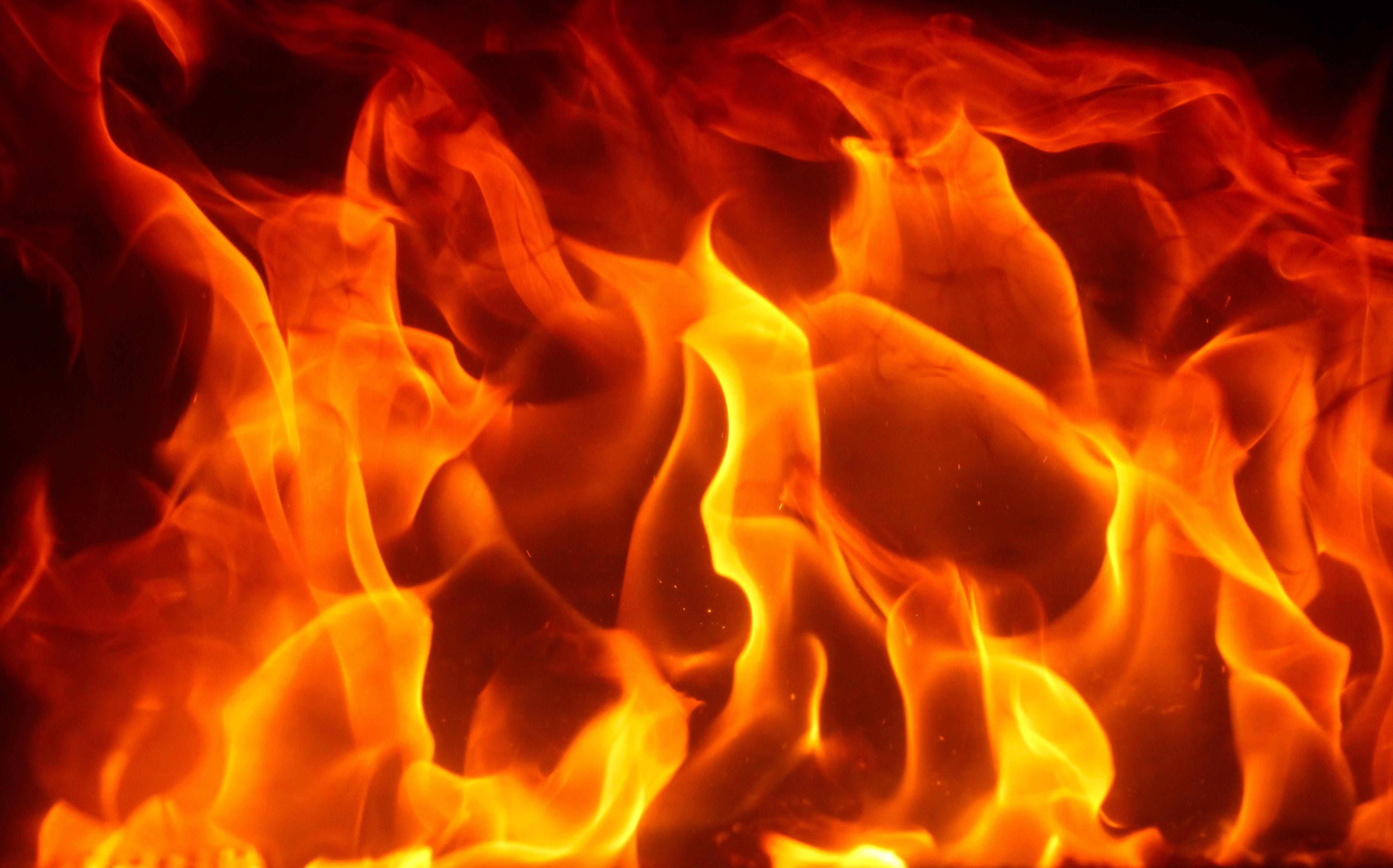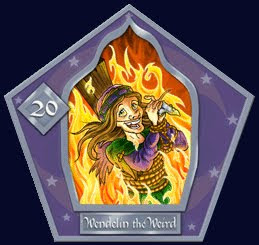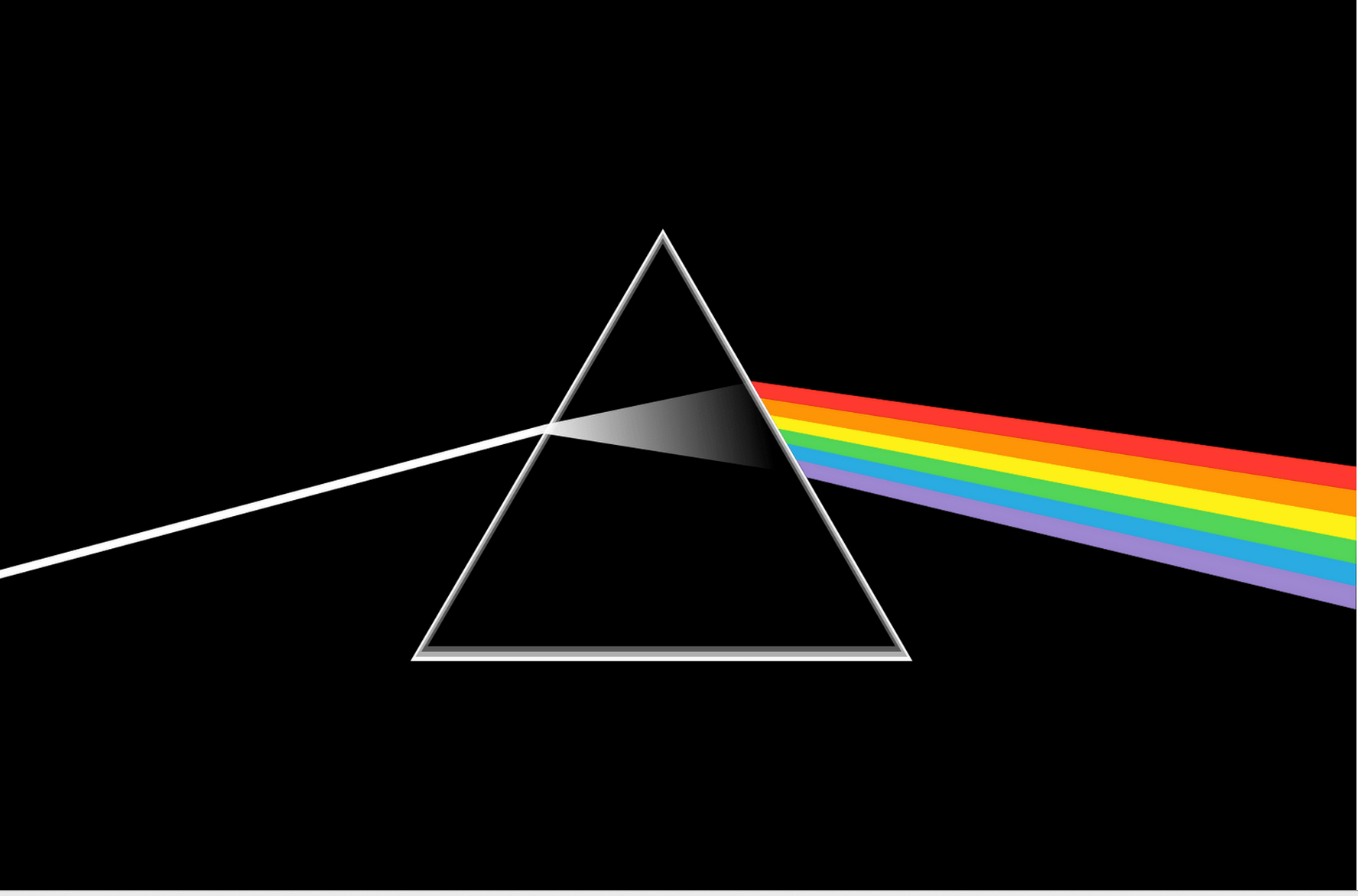Announcements
Welcome to Charms 401!
Please read the following FAQs before joining the class:
When will my assignment be graded?
Charms receives a high volume of assignments submitted each day, and our team is composed entirely of volunteers with real-world obligations. We will not prioritize your assignment over anyone elses. I ask that you be understanding and patient.
If you look in your gradebook, you will be able to see where your assignment is in the grading queue. If you notice that your assignment has not moved at all in the queue after a week, then you may message Professor Laurel to look into the issue.
What do I do if I have a question about an assignment?
Please feel free to reach out to any of our PAs with your questions! Just remember: 1. PAs will never give you the answer to a question. They are here to assist you in completing your work; not to do your work for you. 2. If you have any questions or need help, it is always best to ask before you submit your assignment! Keep in mind: Blank answers are an automatic zero; it is better to always try your best!
If you have a question about an assignment that has already been submitted, please send a private owl directly to Professor Laurel along with your Grade ID for the assignment (this can be found in your gradebook).
If you have any other questions or comments, please do not hesitate to reach out to Professor Laurel!
Lesson 9) Fire Charms and Final Exam
This is it, folks – your last introduction class to substantive charms! The final exam for this year will cover everything you’ve learned from the beginning of this year until now. This class will not be a review lesson like in past years, and the content you learn today will be included in the exam. Going over what you learned in past years could also help, since some questions ask you to recall spells or facts from previous years. Reinforcing the content now means you will have an easier time studying for your O.W.L. exams next year.
Fire (Energy) Charms

Some of you may have approached this last class skeptically. After all, you already learned the Fire-Making Charm, so what more could there be to learn about fire? Lots more, as it turns out, especially when you include some other forms of energy. Before we delve into the charms I know you’re all eager to learn, I’ll give a little background about energy and how we manipulate it.
When you cast the Wand-Lighting Charm, you generate light which then bounces off different surfaces and into your eye. This light is a form of energy. If you rub your hands together back and forth rapidly, you’ll notice them grow warm; the friction between them is causing heat, another kind of energy. Fire emanates both heat and light, though is not a separate energy. Electricity, a third type of energy, is more commonly found among Muggles with electronic devices. However, even wizards may experience electricity from time to time, perhaps when donning a furry winter coat and receiving an unexpected static shock from a door handle or pensively gazing toward the lightning-filled sky during a thunderstorm. There are several other types of energy we won’t go over (though they may be explored in further detail for extra credit – more on this at the end of the lesson). Instead, we will be focusing on the three types of energy listed above.
Describing exactly how energy travels from one object to another will take a very long time, so we will focus on a simplified explanation. At a basic level, energy works by moving special particles from one object to another. Those particles hit their target and create what we see as visible light, feel as heat, or experience as an electric shock, and then bounce off or continue moving through the object.
Our goal with energy charms is to modify the energy when it is in one of these three moments (which also defines the three categories of energy charms):
- At its origin, in the object it will move from
- In transit on its way toward its target object, or
- When interacting with the target object.
Each spell we will learn today interacts with the energy at one of those three times to change the behavior of the energy. We will not be learning any spells that “create” energy today. The spells you will learn today involve a transfer of magical energy into whatever new type of energy you choose. These spells barely do even that, as they simply interact with the energy already present.
Delumination Charm
Incantation: Delumen (deh-LOO-min)
Wand Movement: Point at target light source and flick slightly upwards.
Willpower: Low.
Concentration: Low; Target light source.
Category: Static.
The Delumination Charm allows the caster to prevent the object from generating its own light. The object will still reflect light from other sources, so it will not appear to be a black pit but rather an object like any other. The spell is ineffective against magically-generated light or on distant light sources, though it can still dim some magical lights if they were created clumsily or without enough willpower.
This energy charm falls under the first category of energy charm since it deals with light at its source, preventing it from ever leaving the object.
Relumination Charm
Incantation: Relumen (reh-LOO-min)
Wand Movement: Point at target light source and flick slightly downwards.
Willpower: Low.
Concentration: Low; Target light source.
Category: Static.
The Relumination Charm negates the Delumination Charm, restoring the target light to its original brightness. Since this charm is a negation charm, it cannot be used to create light where there was none before.
Flame-Freezing Charm
Incantation: Calor Vade (CAH-lorr VAH-deh)
Wand Movement: Curve upward and to the right, ending with the wand pointing at the target flame.
Willpower: Medium.
Concentration: Low; Target flame. Imagine a flame that is cold or room temperature.
Category: Static.
The Flame-Freezing Charm is notable in that it removes the thermal energy (a fancy term for “heat”) from a flame without affecting its appearance (its light energy). Depending on the concentration, the flame can feel room temperature or even cool.

This spell is notorious for its use by some wizards and witches in the Middle Ages to survive being burned alive. It was often used in combination with the Warming Charm so that spectators who stood too close would not notice that anything was amiss about the flames. However, only those wizards accomplished enough to cast the spells wandlessly were able to survive such burnings, resulting in no small number of deaths during the Salem Witch Trials in 1692-1693.
This spell also affects the object (or flame) at its source, preventing the heat from leaving its origin.
Prism Charm
Incantation: Lucem Divisit (LOO-kem di-VEE-sit)
Wand Movement: Sharp flick upwards toward target area.
Willpower: Low.
Concentration: Low; Visualize the light in your target area separating into different colors. Keep a vivid image of the separate colors in your mind, which will be easier once they appear.
Category: Static.
The Prism Charm separates white light out into a rainbow of color just like a prism (see image below). Since white light (unlike every other color of light) is composed of all the colors in the visible spectrum, from red to violet, this charm will separate it out into its component colors. However, if this spell is used on light that is only one non-white color (such as pure red light), it will have no effect.
Note that unlike in the image below, you cannot usually see the light traveling through the air unless there’s a lot of dust or water particles floating around (the latter creating rainbows). When practicing, you’ll probably need to look for the light on a surface instead. Thus, this spell is best used very close or even adjacent to the surface of an object.
This spell affects light while it is traveling from one object to another, and falls under our second category of energy charm.

A prism, with white light coming in and rainbow coming out.
Insulation Charm
Incantation: Invium Fulmen (IN-vee-um FUL-mehn)
Wand Movement: Tap the object to be insulated.
Willpower: Low to high; depends on the size of the target object and energy resistance.
Concentration: Low; The target object.
Category: Static.
The Insulation Charm dramatically increases an object’s resistance to electricity, preventing most electricity from flowing through it and allowing electricity to bypass it entirely (depending on the willpower used). It will not necessarily stop a magically-targeted electrical attack, but can reduce the damage such an attack would have on a specific person or object.
In additional to electrical resistance, the Insulation Charm keeps an object’s heat roughly the same, significantly reducing the amount of heat transferred from or to it. More willpower will improve the heat insulation.
This spell is used from time to time, but is rather unpopular because you must continue concentrating to maintain the effect and because willpower increases with the size of the object and energy resistance such that shielding a person requires significant willpower and concentration.
Assignments
Rather than discuss a supplementary topic this week, you all have your final exam! Yay! There is no reason I should be the only one looking very excited about this final. You all get to show off your knowledge! I wish you all the best of luck! If you have any additional feedback you’d like me to hear, you may submit it via owl post.
Image credit: Harry Potter Wiki, Berkeley Science Review, Wallpaper Gallery
- CHRM-301
Enroll
-
Types of Energy Extra Credit
Essay -
Year Four Final Test
Final -
Year Four Final Essay
Essay -
Year Four Evaluation
Quiz


